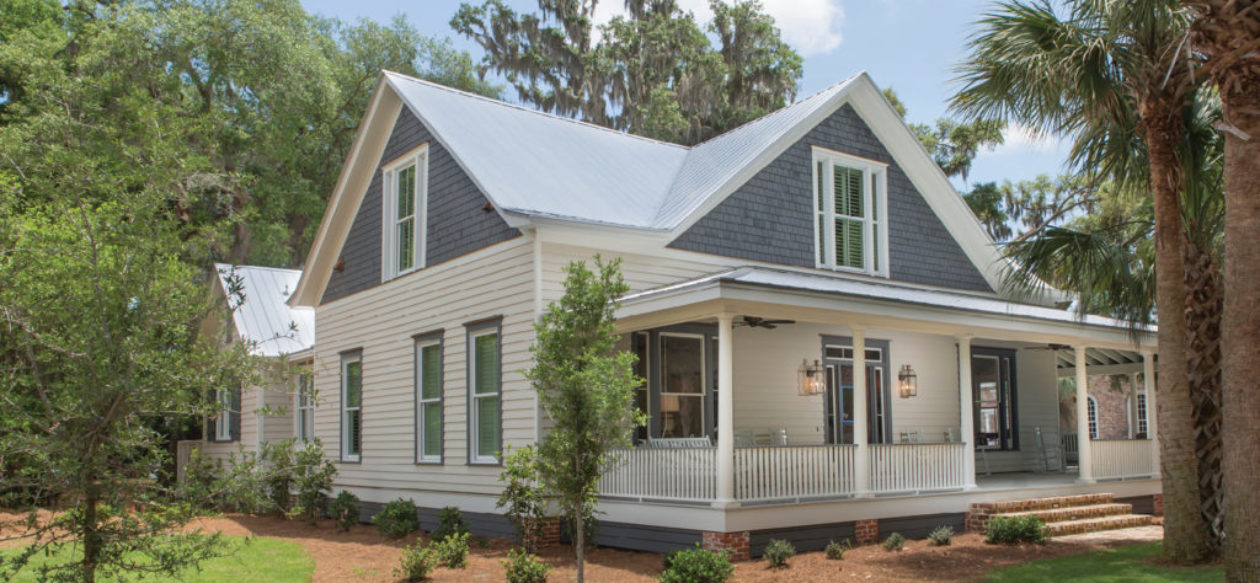
Much of my personal family history on my mother’s side starts on Palmetto Bluff, South Carolina. My maternal grandfather, Harlem George Rubert, managed the Palmetto Bluff Plantation from about 1910 to 1926. The plantation was then owned by R. T. Wilson, Jr. of New York, N. Y. My grandfather, H. G. Rubert, was R. T. Wilson’s private secretary, nurse, and executor of RT’s estate. RT, and most everyone else called my grandfather Rubert.
 Another original Autochrome Lumiere taken by Harlem G. Rupert. Copyright by Gerald B. Graves.
Another original Autochrome Lumiere taken by Harlem G. Rupert. Copyright by Gerald B. Graves.
Another original Autochrome Lumiere taken by Harlem G. Rupert. Copyright by Gerald B. Graves.
I wrote two articles in 2016, A Short History of Palmetto Bluff Plantation, Parts I & II, about my grandfather’s role in the management of the Palmetto Bluff Plantation. They were published in the March and April editions of The Bluffton Breeze in 2017. Those articles were revised and expanded for my new book, More Tales of Old Town Bluffton. (See my recent post about that book which has over 40 photographs of R.T. Wilson’s Palmetto Bluff Plantation. The book is now available at the Heyward House, Bluffton, SC and on amazon.com.)
Definition for Autochrome Lumiere: A positive color transparency on glass, invented by Auguste and Louis Lumiere in 1903 and manufactured and sold by them from 1907 to 1933 with tremendous success. The first truly successful and widely used means of color photography. The plates were sold in boxes of four in various sizes and could be easily used in cameras designed to hold film plate holders. The plates were expensive but within reach for many amateur photographers and gave beautiful results.
All photographs about Palmetto Bluff in my new book and on this website are copyrighted by Gerald B. Graves.
All other images on this site and articles written by John Samuel Graves, III, are also copyrighted and cannot be downloaded or used in any manner without written permission.
For more information about how the Wilson Mansion and the Graves House are related please read my A Story of Two Houses which is now included in my new book, More Tales of Old Town Bluffton. If you have any questions or comments please email me at jsgsix@gmail.com.
